Sustainability efforts at SABEU
Climate change presents the greatest challenge that humankind has faced since the end of the Ice Age and is, without doubt, the defining task of our time. There is now a global consensus that we urgently need to counteract human-made climate change. However, whether emissions can actually be reduced largely depends on voluntary and consistent action by industry in developed countries.
At SABEU GmbH & Co. KG, we too are ready to assume responsibility for the world we will leave behind for our children and grandchildren.
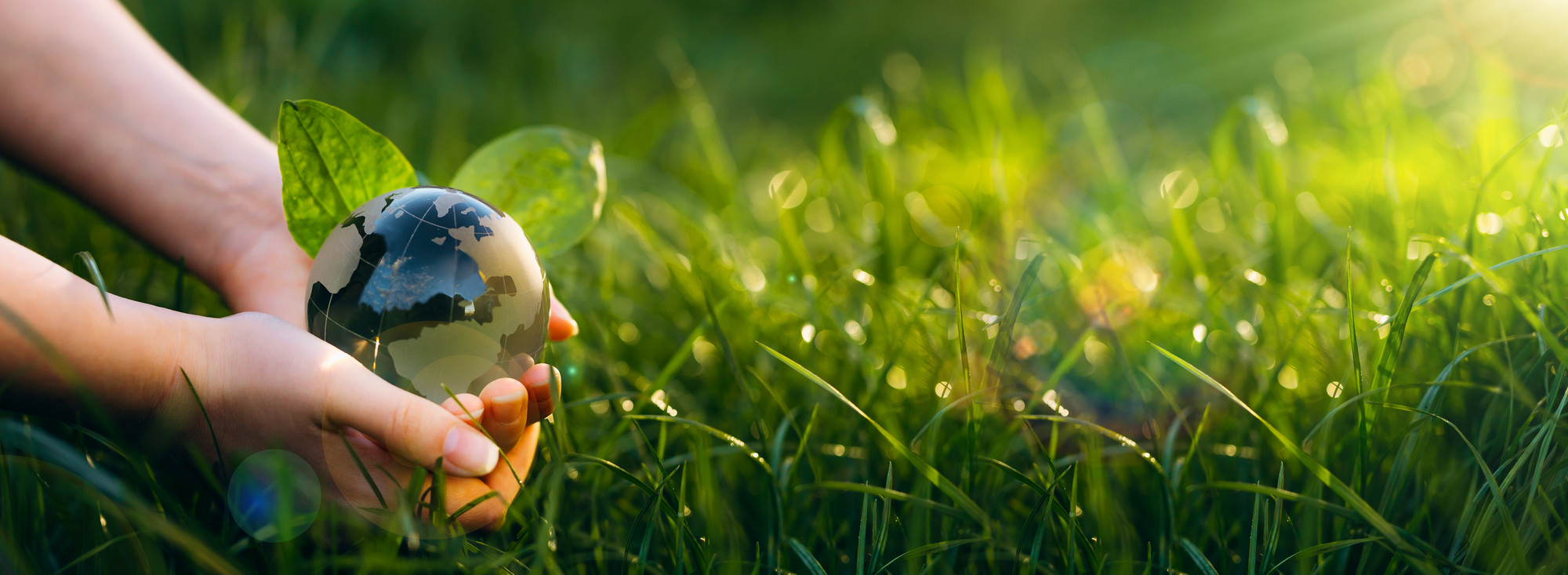
For this reason, we have launched a comprehensive climate strategy to make a sustainable impact on life on our planet:
Climate neutral company *1
*1 via modern manufacturing technology and offsetting with carbon credits
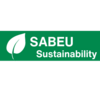
In 2022, we achieved our climate strategy’s aim of becoming a "climate neutral company *1". In addition to implementing measures to reduce emissions, we were able to offset our unavoidable emissions, thus making our contribution to achieving the Paris climate agreement.
We recorded the greenhouse gas emissions caused by our company and offset them by purchasing carbon credit certificates for 2022 to 2025. We used these credits to support a projects, which were certified by the United Nations Framework Convention on Climate Change (UNFCCC).

2022 and 2023: 1,418 carbon credit certificates
We commissioned Fokus Zukunft GmbH & Co. KG to calculate our impact on the climate. Our current carbon footprint for 2022 and 2023 is 709 tons of CO2-equivalent pollutants every year. To make this a little clearer, the average person in Germany causes around 11.6 tons of CO2 per year through their lifestyle.
We purchased 1,418 carbon credit certificates to support a wind energy project in Mexico.
-
Certificate –
Offsetting greenhouse
gas emissions
-
[Only available in German]
Stilllegungs-
bescheinigung Zertifikat
-
Oaxaca IV
Wind Energy Project UN CER
6216 2183
2024 and 2025: 1,902 carbon credit certificates
We commissioned Fokus Zukunft GmbH & Co. KG to calculate our impact on the climate. Our current carbon footprint for 2024 and 2025 is 902 tons of CO2-equivalent pollutants every year. To make this a little clearer, the average person in Germany causes around 11.6 tons of CO2 per year through their lifestyle.
We purchased 1,902 carbon credit certificates to support a wind energy project in Mexico with 1,418 certificates and a hydroelectric power station in India with 484 certificates.
-
Certificate –
Offsetting greenhouse
gas emissions
-
[Only available
in German]
Stilllegungs-
bescheinigung
Zertifikat
-
Oaxaca IV
Wind Energy Project UN CER
6216 2183
-
[Only available
in German]
Stilllegungs-
bescheinigung
Zertifikat
-
Vishnuprayag Hydro electric Project (VHEP) by JPVL
Our offsetting is structured as follows:
- Scope 1 – Direct emissions
- Heat consumption
- Fuel consumption in the company
- Scope 2 – Indirect emissions from purchased energy
- Electricity consumption
- Scope 3 – Indirect emissions within the value chain
- Upstream energy-related emissions
- Business travel & hotels stays
- Employee commutes
- Water- and waste generation in the company
- Paper consumption
- Hardware
Greenhouse gases are evenly distributed in the atmosphere. It therefore makes sense to avoid emissions where costs are the lowest. Projects in emerging and developing countries also help to improve the economic, social and ecological situation and support the implementation of the United Nations’ Sustainable Development Goals. For emerging and developing countries, emissions trading is a key driver for the transfer of clean technologies and sustainable economic development.
A greenhouse gas statement issued by Fokus Zukunft offers a transparent overview of the greenhouse gas emissions produced by our company. The report is therefore a crucial pillar in our commitment to climate protection. Based on the calculated values and through the purchase of a corresponding number of carbon credit certificates, our company was declared climate neutral*1. Thanks to our carbon offsetting measures, we were declared a "climate-neutral company*1".
FAQ – Frequently Asked Questions
What does climate neutrality mean?
According to the principle of the "Clean Development Mechanism" described in the Kyoto Protocol, unavoidable greenhouse gases that are emitted in one place on earth should be saved by climate protection projects somewhere else. Companies buy certificates to finance these climate protection projects from the six available sectors (biomass, cooking stoves, solar energy, forest protection, hydropower and wind energy). Each certificate represents 1 ton of CO2 saved by the respective project. There are numerous climate protection projects around the globe, most of which support renewable energy projects. Their initiators receive emission credits for their efforts, which can be traded in the form of climate protection certificates. The amount is measured by comparison to the emissions that would have resulted from building a coal-fired power plant, for example.
What is a carbon footprint?
The carbon footprint is a measurement of the amount of directly and indirectly produced greenhouse gases (measured in CO2 equivalents) which results from the activities of an individual, a company, an organization or a product. It includes the resulting emissions from raw materials, production, transport, trade, use, recycling and disposal. The basic idea behind the carbon footprint is to create a basis on which to measure, evaluate and compare the impact on the climate, in order to then be able to identify necessary potential for reduction, develop measures and evaluate their effectiveness. There is a distinction between the corporate carbon footprint and the product carbon footprint.
How is carbon offsetting calculated?
How were the CO2 emissions for our company calculated?
We commissioned the external sustainability consulting firm Fokus Zukunft with calculating our company's footprint. The emission offset was determined using the official Greenhouse Gas Protocol guidelines.
What is reported under the Greenhouse Gas Protocol?
The Greenhouse Gas Protocol divides types of emissions into Scopes 1, 2 and 3. Scope 1 includes direct emissions from own energy plants. Scope 2 covers emissions that are indirectly caused by the provision of energy to the company. Scope 3 emissions are other indirect emissions that occur along the entire value chain.
Which greenhouse gases are included in the calculation?
The calculation of greenhouse gas emissions includes the seven main greenhouse gases defined by the Intergovernmental Panel on Climate Change (IPCC) and the Kyoto Protocol. These are carbon dioxide (CO2), methane (CH4), nitrous oxide (N2O), hydrofluorocarbons (HFCs), perfluorocarbons (PFCs), nitrogen trifluoride (NF3) and sulphur hexafluoride (SF6).
What does “CO2 equivalents” mean?
The seven main greenhouse gases are not all equally damaging. Methane, for example, is 21 times more harmful to the climate than CO2, nitrous oxide is 310 times more harmful and sulphur hexafluoride is an astonishing 14,000 times more harmful. In order to compare the emissions with each other, they are allconverted to CO2 and then referred to as CO2 equivalents.
How is the consumption data collected then converted into greenhouse gas emissions?
The consumption data (e.g. electricity or fuel consumption) is converted using emission factors, which indicate the emissions per unit (e.g. per kilowatt hour of electricity or liter of petrol). The emission factors mainly come from DEFRA (Department for Environment, Food and Rural Affairs), but also from the GEMIS database (Global Emission Model for Integrated Systems, IINAS) as well as from the Ecoinvent database, and are regularly updated.
How are emission certificates generated?
The initiators of climate protection projects –mainly renewable energy projects – receive emission credits for their efforts, which can be traded in the form of climate protection certificates. The emission offset is measured by comparing it with the emissions that would have resulted from the construction of a coal-fired power plant, for example, instead of generating renewable electricity.
What quality criteria do the climate protection projects meet?
The climate protection projects we purchase are accredited, approved and controlled according to one of the three internationally recognized certification standards – VCS (Verified Carbon Standard), UN CER (Certified Emission Reduction of the United Nations) or the Gold Standard developed by WWF. The validation of the project results, in terms of the CO2 savings achieved, is certified by independent inspection agencies such as the German TÜV.
What happens to the CO2 certificates after they have been purchased?
The CO2 certificates purchased are decommissioned, which is an important prerequisite for designing and marketing CO2-neutral companies and/or products. Without decommissioning, a CO2 certificate could potentially continue to be traded, which would not result in any additional reduction in emissions.
Which projects are supported and why only international ones?
Which projects do the purchased certificates support?
We are using our 1,418 certificates to support a wind energy project in Mexico which is certified by the United Nations.
Why are international projects supported?
Climate change is a global issue, so it doesn’t matter where CO2 emissions are emitted or saved, because at the end of the day the overall amount of greenhouse gases is what counts. Reducing or offsetting CO2 is very expensive in Germany, but is much cheaper in emerging and developing countries. The Kyoto Protocol, which is binding under international law, therefore stipulates that so-called climate protection projects which avoid or store greenhouse gas emissions should take place where they are most economical. Accordingly, there are many projects in newly emerging and developing countries, as the potential for savings through new technologies is still very high there and they can be used much more cost-effectively. In addition, the conditions for renewable energy plants (solar, wind, hydro and biomass) are often much more advantageous there. Projects in emerging and developing countries also contribute to improving the economic, social and ecological situation and support the realization of the UN’s sustainability goals. Emissions trading is a key driver in emerging and developing countries for transferring clean technologies and sustainable economic development.
"CSR" – Corporate Social Responsibility
ecovadis silver status rating
A CSR assessment by ecovadis looks at how well a company has integrated corporate social responsibility (CSR) measures into its business activities. The assessment covers a wide range of non-financial management systems, including environmental protection, employment law and human rights, ethics and sustainable procurement. With our new silver status rating, we are in the top 25% of companies that measure sustainability, and are deeply committed to constantly improving our mission to protect the planet.
-
ecovadis
Scorecard
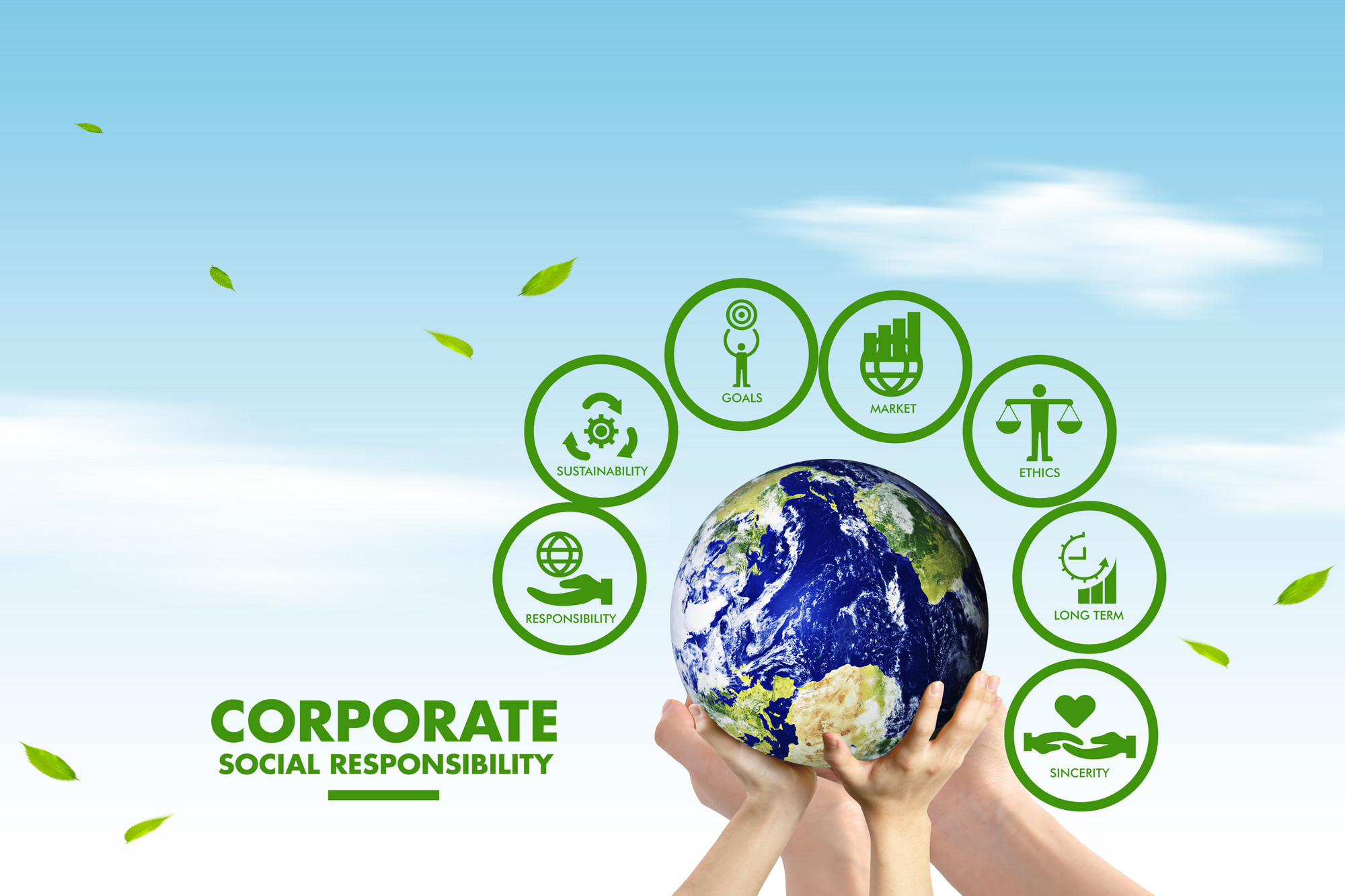
Recycling of our products
FLUXX®, cellQART® und TRAKETCH® made by SABEU
Extensive testing by certified laboratories has already confirmed the recyclability of the following products:
Unfortunately, regulatory requirements do not allow the use of recycled plastics for our products used in food, life sciences and medical technology applications. We are monitoring this situation and are working on alternative products in line with these regulatory standards. Thanks to their high quality, some of our products, such as the FLUXX® Dispensing Taps, can also be reused several times in certain applications before they even have to be recycled at all.
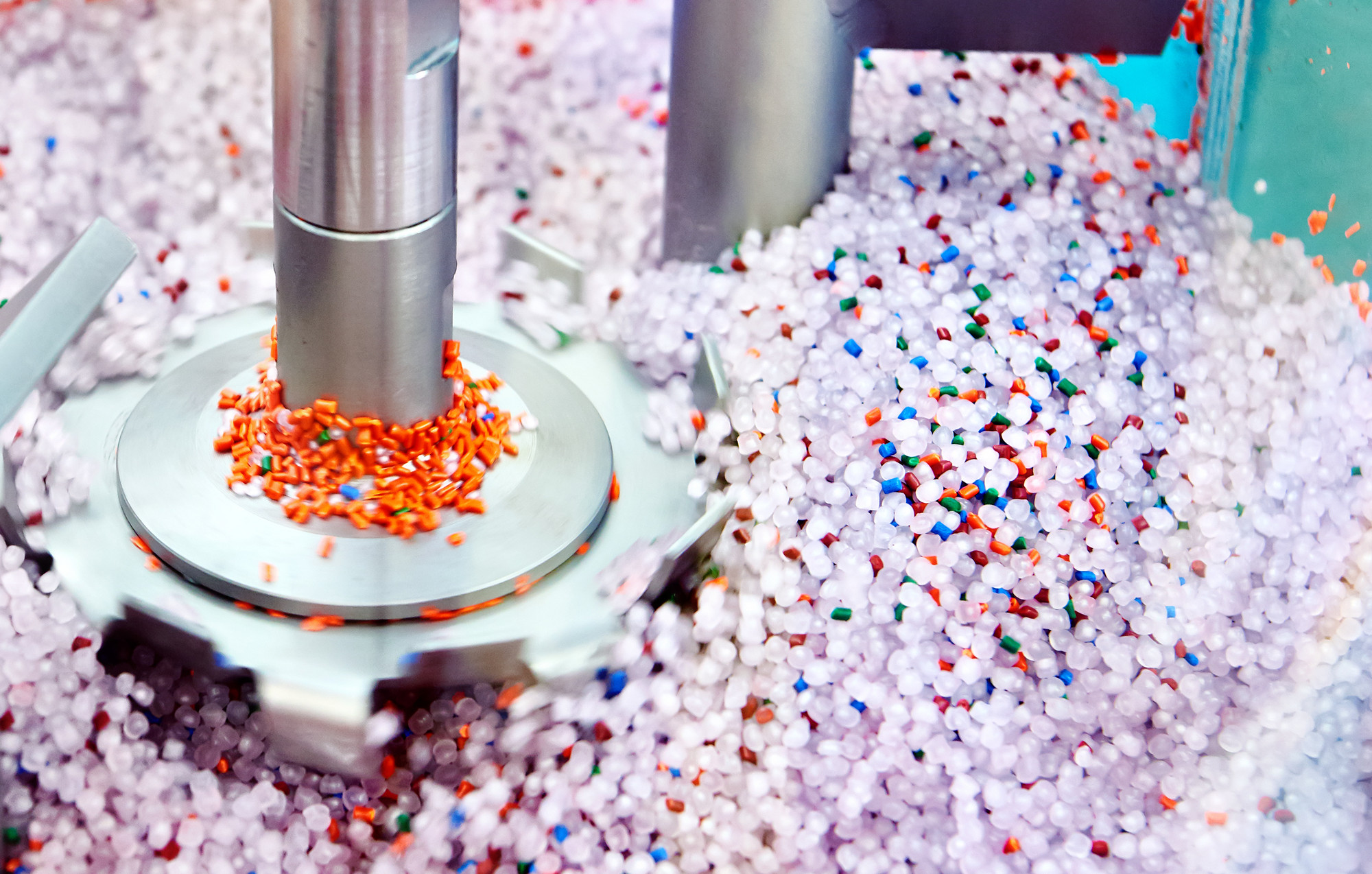
It goes without saying that we also comply with our obligation to take back all packaging we put into circulation in accordance with the German Packaging Act. Interzero Circular Solutions Germany GmbH issues an annual certificate confirming that we meet all requirements of the German Packaging Act:
- Transport packaging and commercial sales packaging have been registered.
- Collected packaging is recycled.
Energy management
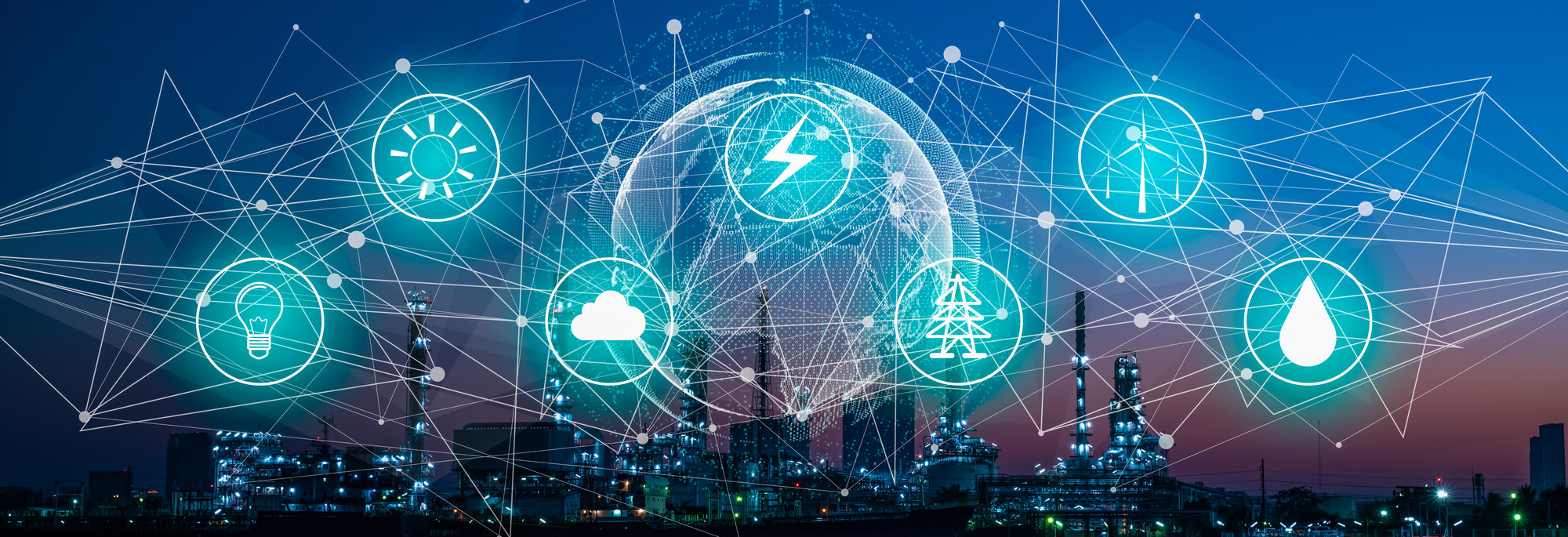
More than a decade ago, we implemented an energy management system throughout our organization and processes.
The golas of our energy management system are:
- To increase our energy efficiency
- To reduce our energy requirements
- To improve our energy savings
We control our energy management system by continuously recording and monitoring an energy indicator based on our manufactured products.
Our measures to improve this indicator include:
- More energy-efficient machines, systems and hardware
- Raising employee awareness through training courses for all
- LED lighting and motion detectors
- Use of regenerative energy alternatives
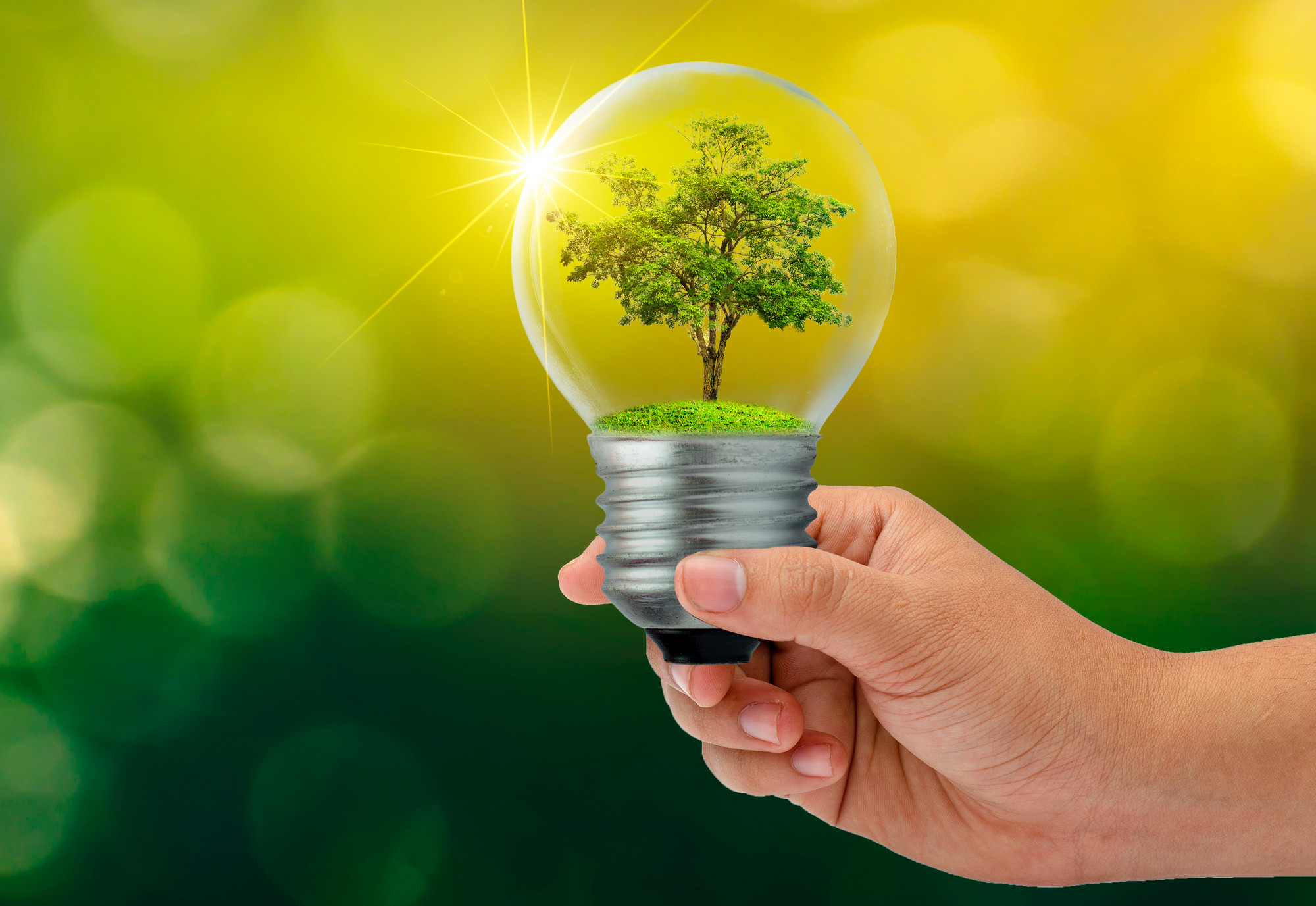
Making animal testing obsolete
Innovative cellQART® Cell Culture Products
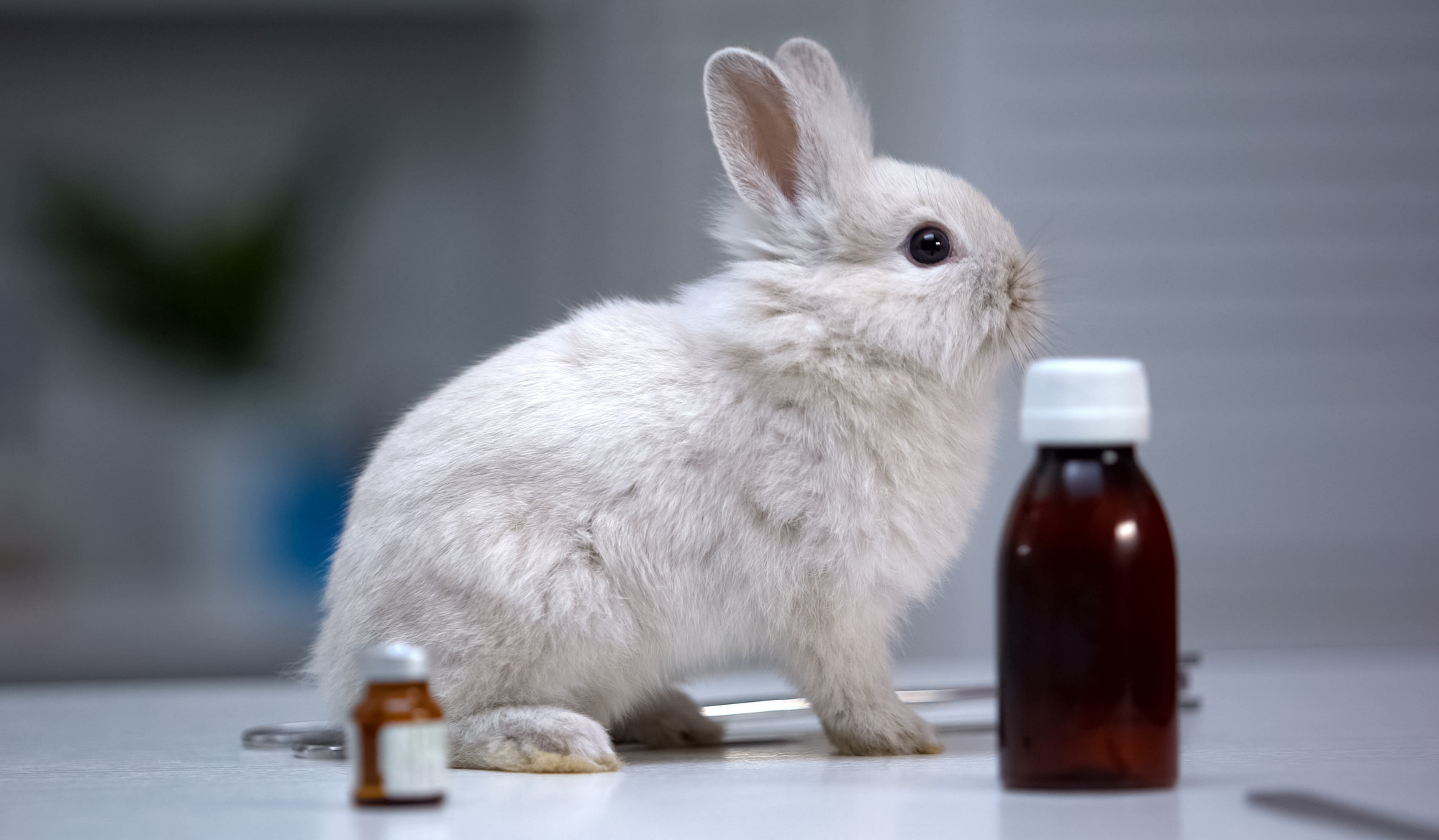
With our cellQART® product line we have made our mission to make animal testing obsolete.
Animal-based methods used in drug research and testing lack human relevance and have a low predictability rate, and therefore make experiments unnecessarily expensive and lengthy. In addition, the use of animal experimentation is hardly justifiable from an ethical point of view since most experiments do not achieve any benefit and thus unnecessary animal suffering is accepted. According to the US Congressional Budget Office (cbo.gov), it takes an average of 10.5 years to bring a compound from the preclinical phase to the market, at a cost of 1 to 2 billion US dollars. 90% of drugs that are tested on animals and enter clinical trials fail due to lack of safety and efficacy.
In contrast, modern cell culture models recapitulate aspects of physiology and disease, and effectively indicate drug responses and toxicity. As such, they represent an advanced alternative that is relevant and humane for humans. Together with international research partners, technology specialists like SABEU are a driving force in the transition to non-animal research, collaborating to transform new methods into scalable product solutions that, step by step, are now being adopted by regulatory agencies and testing centers.
cellQART® made by SABEU brings innovative and high-quality integrated solutions to support non-animal methods. Our cellQART® products are specially designed to
- maximize experimental efficiency,
- optimize workflows and
- reduce waste from failed experiments.
The goal to replace, reduce and refine animal testing (3Rs) is important for both animals and humans alike. With cellQART® our goal is to
- facilitate the assessment of chemicals and cosmetics,
- reduce drug development failure rate,
- advance human benefits and
- protect animal welfare.

Eliminate the risk from hazardous goods
Secure FLUXX® packaging solutions
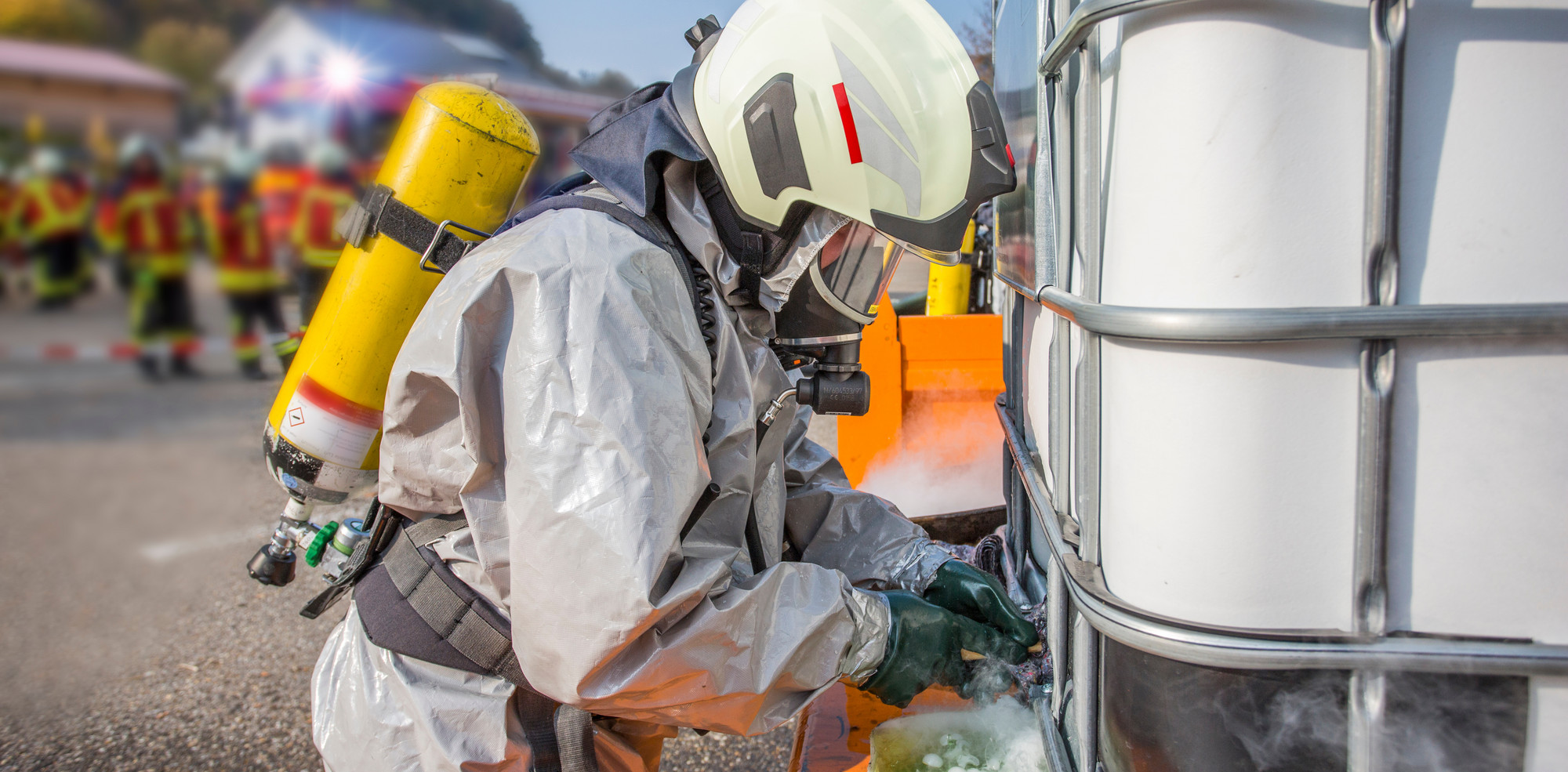
With the products of our own FLUXX® packaging brand, our mission is to make the transport, storage and use of hazardous substances safer.
Nowadays, an ever-increasing number of hazardous substances is required for industrial and agricultural progress – our products make it possible to protect people and the environment from the risks of these substances. All hazardous substances require a suitable packaging solution – excellent venting and sealing during transport, storage and use are indispensable at all times. Our solution? FLUXX® Packaging with our X-tra product benefits: Degassing Inserts, Vented Caps, Screw Caps, Dispensing Taps and customer-specific product solutions!
In addition to a high-quality canister, container or IBC, the secure closure of these containers tends to play a key role.
With FLUXX® made by SABEU we deliver:
-
Degassing Inserts and Vented Caps with several membrane solutions to prevent containers from swelling, collapsing and leaking – also suitable for dangerous goods approvals.
-
Screw Caps for the reliable protection against leakage and secure sealing of containers – also suitable for dangerous goods approvals.
-
Dispensing Taps with high chemical resistance for easy, fast, clean and leakage-free dosing.
-
Customized plastic & membrane products for individual requirements and applications.
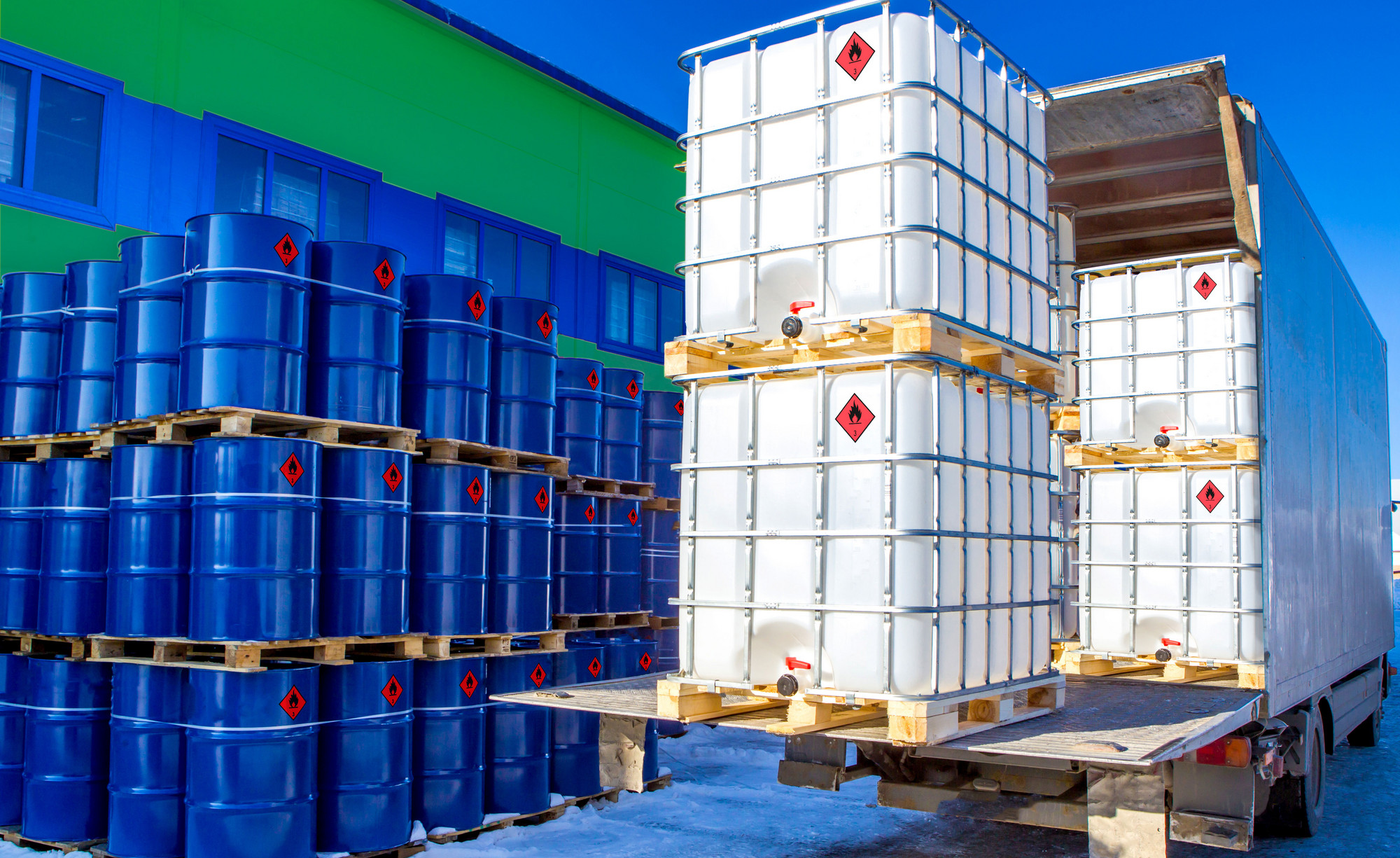
Construction of new headquarters
Plant 1 in Northeim, Lower Saxony
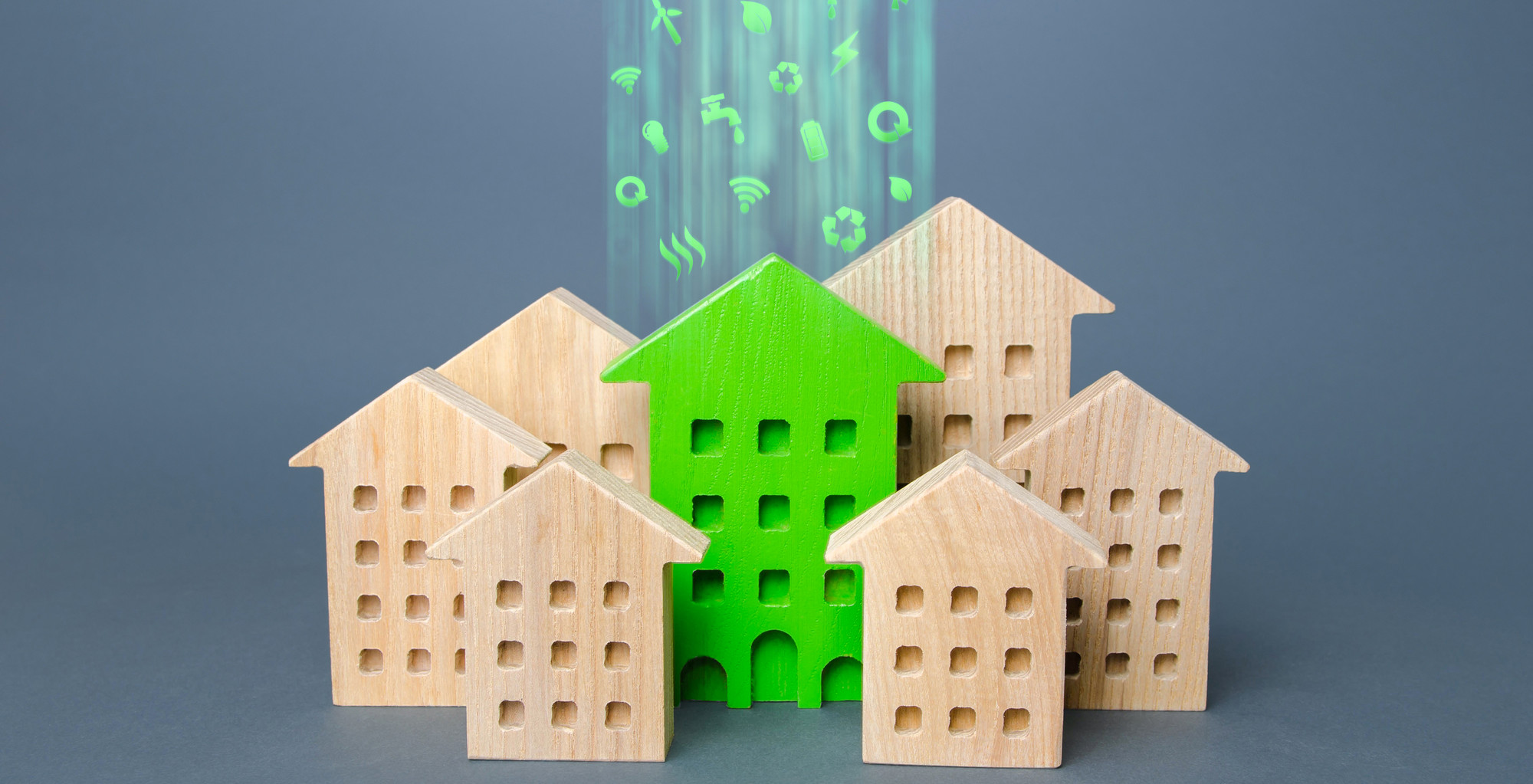
The construction of our new headquarters in Northeim, Lower Saxony, in 2017 also represented a significant step forward for us in terms of our climate commitment.
In addition to expanding our space and thus future-proofing our company for further growth, the new construction meant we could follow the latest standards for achieving climate neutrality and energy efficiency. Indispensable air-conditioning technology was also replaced by state-of-the-art systems.
Another recent construction that also meets the latest standards is our Plant 3 in Radeberg, Saxony, which was built and commissioned in 2011 .
The inauguration of our new location in Northeim also involved the reintegration of a separate logistics center – thus helping us to shorten routes, eliminate intermediate transport and save energy.
The new company headquarters offer:
- Cutting-edge climate technology for plastic injection molding and membrane production
- Heat recovery – use of production waste heat for administration purposes
- Optimized material flow and department alignment for direct routes
- Integration and complete replacement of all lighting with more efficient LEDs
- Preservation of the existing location (<1 km from the previous plant) to ensure the same commuting distance for employees
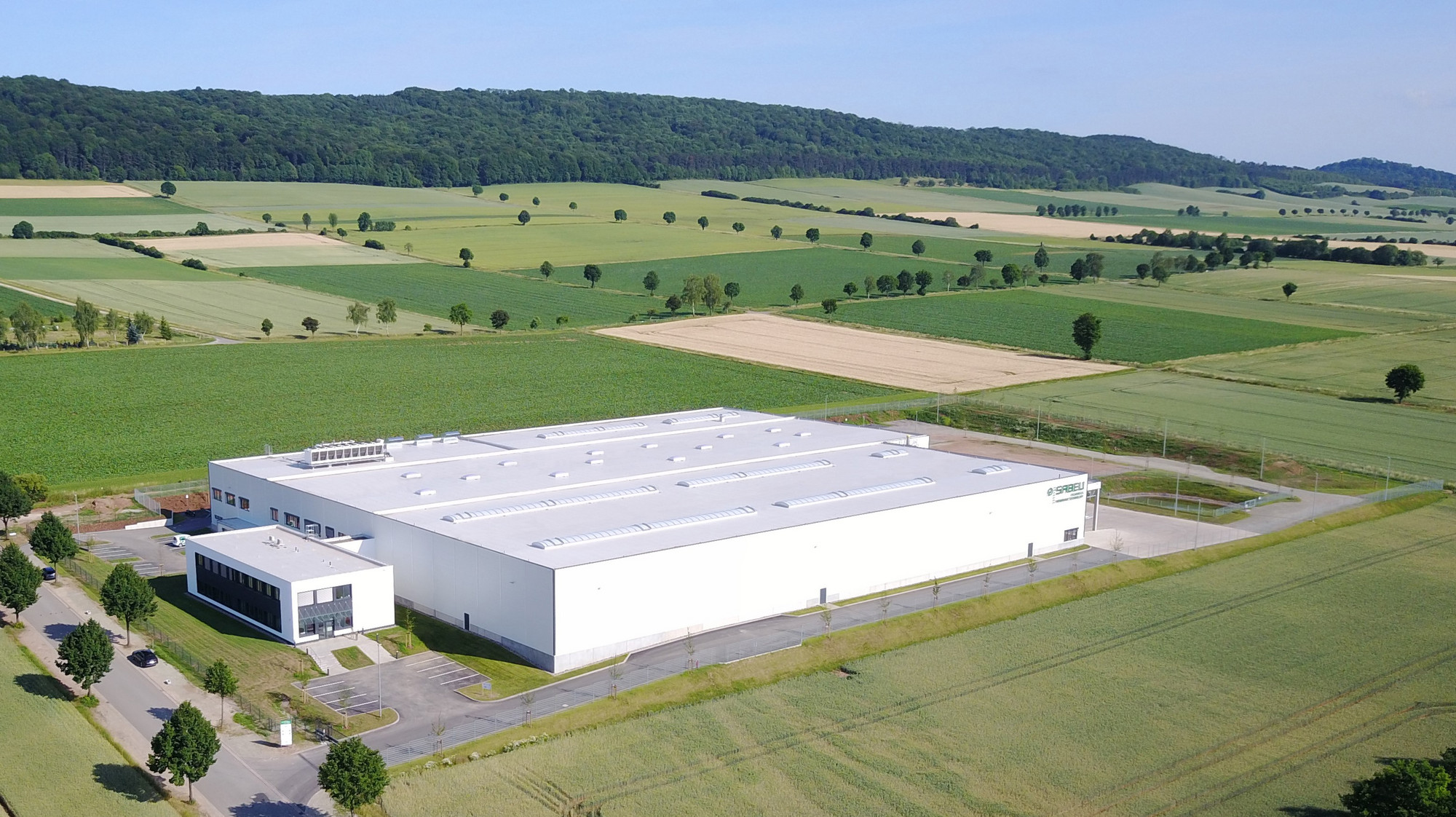
Climate strategy
Goals
- Procurement of sustainably manufactured products
- Sales of sustainably manufactured products
- Avoidance of waste
- Energy saving and efficiency
- Continuous process optimization
Measures
- Replacement of hydraulic injection molding machines with more energy-efficient electric ones
- Waste heat recovery
- Management system for more energy efficiency
- Development of new products with recycled plastic
- Reuse of all product components that are not sold, such as production waste
- LED lighting in Plant 1 and Plant 3

